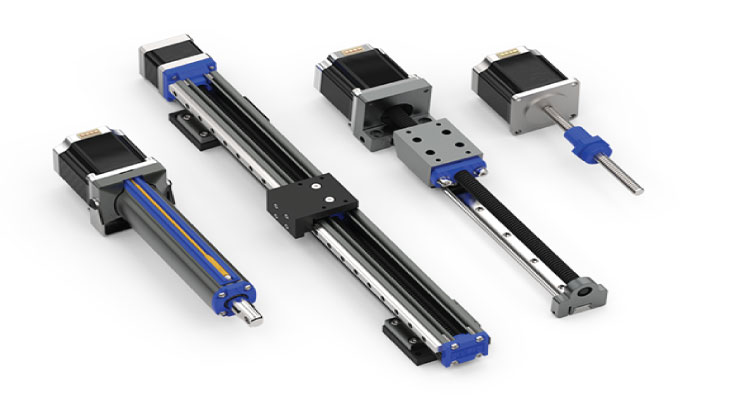A Small Linear Actuator Can Accomplish Big Things

Sometimes the best things come in small packages.
Take a miniature linear actuator, for instance. Simply put, it is a device that creates a linear or straight motion. Its compact size allows it to fit into tight compartments, enabling complex applications such as stage lighting systems, robotic control, and AC dampers in HVAC systems to perform linear motion tasks. Miniature linear actuators can also be found in everything from computers and industrial machinery to applications specialized in automatic hospital beds.
Yes, linear actuators can accomplish big things and are the preferred device for creating straight motion. There are three main types of linear actuators: electric, pneumatic, and hydraulic, all of which have pros and cons.
Small electric linear actuators may not have as much force as hydraulic or pneumatic units. However, they have many advantages over their traditional counterparts. Small electric linear actuators do not require complicated plumbing and pumps like pneumatic and hydraulic units. No plumbing means less maintenance, no tracking down leaks, and no cleaning up of hydraulic oil spills.
Some other advantages of an electric actuator are an equal force in both directions, variable speed, and precise positioning. Hydraulic and pneumatic actuators typically travel at only one speed and move between hard stops. Electric actuators can vary speed, control the load's acceleration/deceleration, and move to precise and repeatable positions. This means more capability with less complex mechanics.
Here's a closer look at the characteristics that help small linear actuators shine:
Small footprint: These linear actuators have a small footprint. This makes them easier to incorporate into complex automated systems where precise operation is critical and maintenance is complicated. That's why they're valuable in residential and commercial HVAC applications. For example, they regulate the airflow by actuating the system's dampers. This helps reduce emissions, improve overall indoor air quality (IAQ), and increase the system's efficiency.
Reliability & Noise Reduction: Small actuators are reliable enough to withstand even the most demanding environments. There are no noisy valves, hissing air exhausts, or humming pumps. Electric actuators operate quietly due to precision machining, self-lubrication, and fewer moving parts. This unique combination is also responsible for reducing your overall maintenance.
As you can see, sometimes the best things come in the smallest packages. Small linear actuators offer precision, performance, and a compact footprint for various applications, ensuring that your design parameters are not adversely affected by the need to incorporate a linear motion solution.
Contact Helix Linear Technologies today for more information on small linear motion actuators and how they can benefit your next application.


